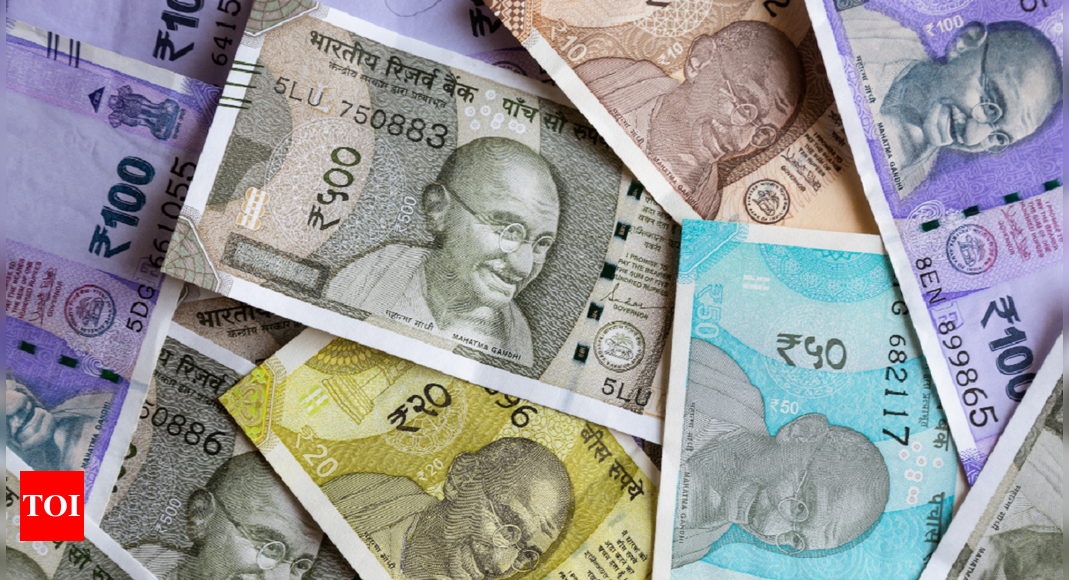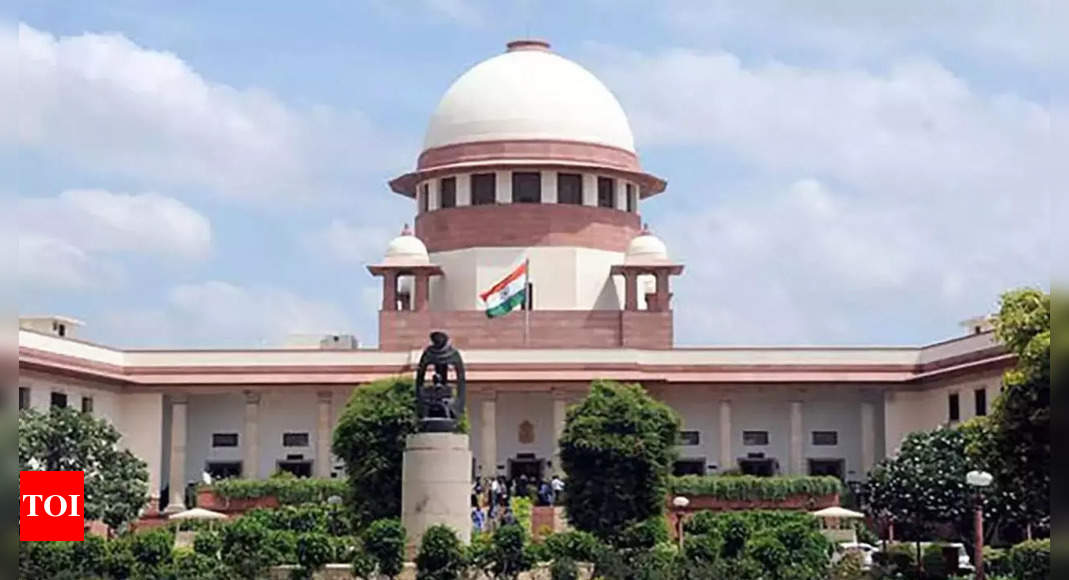
The visuals from Bangladesh are disturbing, and the anger on the streets is palpable. They are reminiscent of scenes from Colombo just two years ago when the Presidential Palace was ransacked following then-President Gotabaya Rajapaksa’s flight from Sri Lanka.
According to an NDTV report, “On Monday, protesters set fire to a temporary shed at the residence of Bangladesh’s Prime Minister (now former). They also looted and vandalised Sheikh Hasina’s official residence in Dhaka, smashed a statue of her father, Mujibur Rahman, with hammers, and set her party’s offices ablaze as they celebrated her departure as Prime Minister.”
Such visuals have been widely circulated and analysed by commentators in the last two days. I will refrain from commenting on whether Bangladesh is falling into the hands of radical Islamic groups or whether there was foreign involvement in the regime change on Monday.
My focus here is different. I want to explore the range of emotions that an average Indian has towards a country that has largely been a good neighbour. Alongside the term ‘ghuspaithiye‘ (which gained notoriety with the influx of immigrants right after 1947 of migrants from then-undivided Pakistan) and the range of emotions it evokes, there is a mix of empathy, pain, shared legacy, and a common love for Rabindra Sangeet-all experienced in varying degrees and at different times.
The ‘Ghuspaithiye‘ Sentiment
For people living in parts of Assam, Tripura, and the bordering districts of West Bengal and Bihar, the mass migration from then-East Pakistan (now Bangladesh) between 1948 and 1965 significantly impacted local demographics. The influx surged following the disturbances surrounding Bangladesh’s birth in 1971. According to reliable estimates, there are nearly two crore Bangladeshis in India, with half of them settled in Assam and West Bengal alone.
Since then, the term ‘ghuspaithiye‘, or ‘illegal immigrant’, has become ingrained in the Indian psyche, especially in the context of Bangladesh. The attitude towards these immigrants has often been one of contempt, primarily driven by class bias. They are perceived as poor, persecuted, and a drain on scarce resources. Yet, they are not hated, likely due to another powerful sentiment towards Bangladeshis: empathy.
We Played A Role In Their Liberation
This sense of empathy arises from India’s active role in Bangladesh’s liberation from Pakistan after a bloody struggle. The partition of Pakistan was also seen by many Indians as a vindication of the belief that creating a nation-state based on religion was a flawed concept-a belief that had led to the partition of India in 1947. This sentiment has persisted, and occasional anti-India protests in Bangladesh are considered minor deviations from an otherwise well-behaved neighbour and are therefore mostly overlooked.
Pain Across the Border
Growing up in the 1980s and 1990s, my generation was frequently exposed to news about nature’s fury in Bangladesh and its devastating toll. Reports from the November 1970 cyclone, one of the deadliest on record, indicated that nearly 5,00,000 lives were lost in then-East Pakistan. Another cyclone in 1985 killed 11,000 people, and one in 1991 claimed nearly 1,50,000 lives.
These reports of widespread destruction frequently made us sad, and there was a sense of shared pain. Combined with empathy, this constituted a significant portion of the positive feeling we held towards Bangladesh.
They, Too, Love Their Rabindra Sangeet
A strong Bengali identity played a crucial role in East Pakistan’s transition to Bangladesh. Following liberation, Rabindranath Tagore’s Amar Sonar Bangla, penned in 1905, became the new country’s national anthem. Rabindra Sangeet is as popular in West Bengal as it is across the border in Bangladesh. The beautiful Padma River that separates the two geographies has done nothing to diminish this shared legacy.
Since ties between India and Bangladesh have remained warm throughout Bangladesh’s journey, the feelings and emotions described above have persisted. Hence the feeling of loss now as we see the widespread vandalism taking place on the streets of Bangladesh.
As the Indian government considers its stance and options amidst the current turmoil in Bangladesh, it must remain mindful of the shared legacy and common sentiments held by people across the border. It should, therefore, strive to ensure that Bangladesh remains a good neighbour for years to come. Not a tall ask given the long history of bonhomie between the two countries.
(Mayank Mishra is Consulting Editor at NDTV)
Disclaimer: These are the personal opinions of the author









